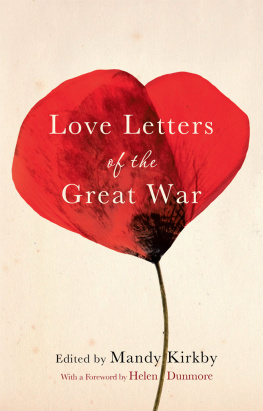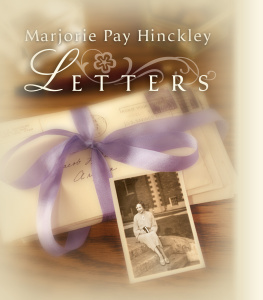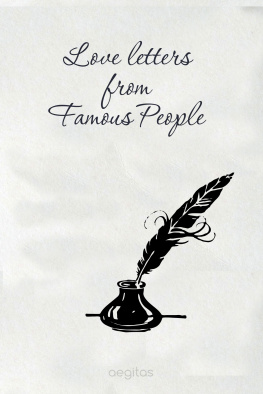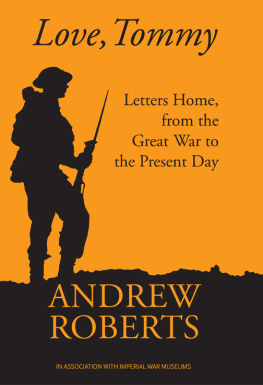
List of Illustrations
Foreword
In December 1914, the largest wooden structure in the world was erected by the Post Office, within Regents Park. This was the London Home Depot, where bags of mail for troops on the Western Front were sorted. It covered five acres and employed thousands of Post Office workers.
We understand that the First World War was fought on a scale and in a style never before seen; what is perhaps less familiar is the complex, sophisticated infrastructure that made such warfare feasible. The war became its own world, with its own hospitals, army schools and transport system, its own courts, prisons, workshops and communications. New technology and systems developed quickly under the pressure of need.
The efficient delivery of letters and parcels to serving soldiers was given high priority. On the Western Front, in particular, the static nature of trench warfare and established lines of communication made it possible for post to be delivered with startling rapidity. Again and again, letters home describe perishable food received in good or fairly good condition. In fact, as William Munton writes to his wife on Boxing Day 1916 from Somewhere in France, the postman has praised her packing of the parcel: If everybody packed their parcels like that there would be less bad language used at the post office. Close to twenty thousand bags of mail crossed the Channel each day.
As this collection of love letters makes clear, the same longing for letters, the same acute desire for a taste or touch of home, were expressed wherever the war penetrated. In Turkey, France, Italy, Russia, the USA, Germany and all the countries of the British Empire, husbands, wives and sweethearts devoted hours of thought to the post. To and fro went tunic buttons, photographs, picture postcards, soap, tins of ointment, oranges, OXO cubes, poems, pastries, and, above all, words that struggled to link the lives severed by war.
For as long as it took to read or write a letter, a soldier might think himself back into the world of home. Tired of so much masculine companionship, Captain W. D. Darling sends a few lines to his wife, telling her that his love for the freedom and camaraderie of camp life has turned to hatred in the light of his longing to play with you, fondle you, and then seduce you. Within a single letter, a soldier describes the beauty of the moon in its fleece of cloud, and lists what he needs in his next parcel from home: candles, rice and potted meat. Lovers write of dreams and desires, fears, depressions, the contrivances of their daily lives, faith and separation, and endless, endless waiting. Sometimes they are amusingly practical: I am getting more and more excited at the thought of seeing you on Tuesday. What are we going to do with Mother? We must lose her sometimes! Letters may take the writer back to the old sweetheart days, but sometimes they are cries of agony, as when Amy Handley writes to Private John George Clifton: My heart Surely it will burst Jack Jack I want you . Tender, earthy, heart-rending, ardent, crammed with news, humour, rage and longing, the love-letters collected in this anthology bring to life a lost world.
One of the most poignant messages is one dropped into the English Channel in a ginger beer bottle by Private Thomas Hughes, on his way to France in September 1914. The simplicity of the note, which is sent just to see if it will reach you, is striking. This doubt about whether or not written words will reach those for whom they are meant is common to many writers of the love letters here. There is anxiety that long absence will destroy the mutual understanding from which the relationship grew. There is the painful awareness that words are no substitute for touch, and that even the most lyrical, erotic evocation of the loved ones body will not bring it an inch closer. Above all, there is the fear of death, and final separation. Often, the foreboding was justified. Gunner Frank Bracey wrote to his sweetheart, Win, in May 1916: I am writing this because I have a feeling that I shall not come back again. You may think I am a bit taped writing this dear but I cannot help it. If I do come back dearest you will never see this letter but I have a strong feeling today that I shall never see England again... My last wish is that you marry a good man and to be happy and to think of your Humble now and then. He was killed in action on the Western Front three months later.
Like Gunner Bracey, many of these letter writers show poignant humility about their own fate. Fears for themselves are over-ridden by the desire that those they love should be happy. Soldiers downplay physical hardship, pain, danger and self-doubt; wives and sweethearts downplay loneliness, poverty or the difficulties of coping alone with home and children. But sometimes the struggle to protect the beloved from the rawness of the writers experience is overwhelmed by a greater need to share it. Gunner Wilfrid Cove writes to his wife Ethel a compelling description of the shattered villages among which he is fighting. He asks her to imagine that she is standing in her own village, say where the pillar-box is, among shell-holes big enough to hold a couple of large motor omnibuses, in a landscape where every single thing upon it is directly appertaining to war. However, eloquent though he is, Cove knows he cannot and perhaps should not adequately describe the world in which he now finds himself. He ends with a paragraph about the excellent to the last sausage rolls that Ethel has sent, and reassures her that her wrist-watch is still going strong under bombardment. Home and somewhere in France, domesticity and industrialized warfare, are just about held in balance in this letter. Private Maurice Drans, however, describes to his fiance Georgette Clabault the overwhelming horror of an open mine of innumerable scattered corpses without tombs, a mass grave open to the crawling worms... violated naked flesh.
Official censorship, as well as intuitive self-censorship, must be borne in mind when reading these letters. In Britain, the Defence of the Realm Act 1914 legislated for the censorship of private correspondence from soldiers at the front. Junior officers read the mens letters and stamped them as censored. The Post Office also carried out censorship of soldiers mail at base camps. The letters in this collection, intimate and revealing as they appear, were written in the knowledge that other eyes than the addressees might read them. Privacy is one more casualty of the war, but many correspondents ignore that fact. They write as if their private loves were still supreme and inviolable, and perhaps they had good reason. The war could take everything from them, at any moment. A few words scribbled before a trench raid might be all that would survive to convey their love.
Helen Dunmore, October 2013
Introduction
A great many of the letters in this book have never been published before and have been dug out of archives and brought into the light of day for the first time in decades. Researching original material is a time-consuming business, and finding these love letters has involved many hours of trawling through what are called Private Papers. These are the documents relating to an individuals wartime experience, donated to museums and archives, usually by a relative once the original recipient has died. The contents of Private Papers can be very varied and truly surprising, anything from service records and notifications of death to army-issue French phrase books, leave passes and, of course, personal letters home to parents and friends, to wives and sweethearts.
Next page









